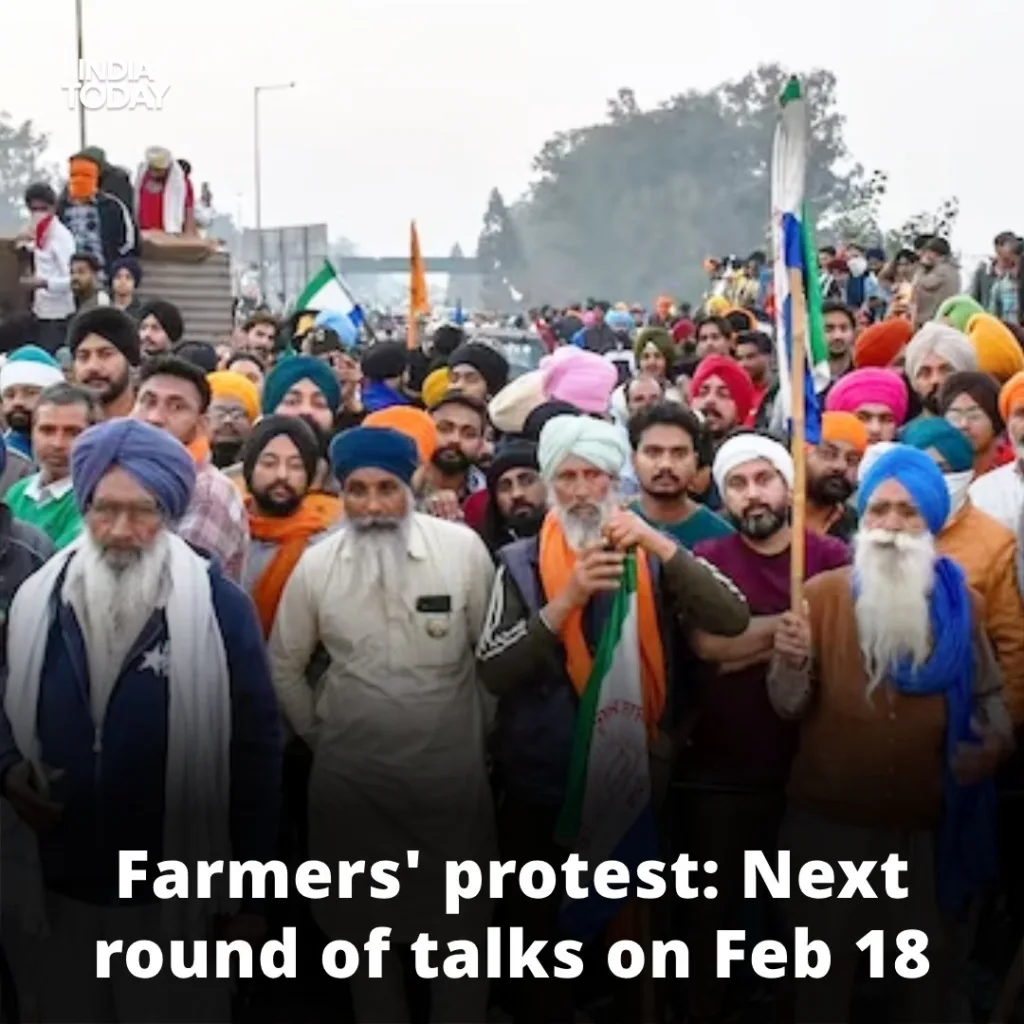Introduction
The farmers protest in India has captured the attention of the nation and the world alike. What started as a localized agitation against new agricultural laws has grown into a massive movement, drawing support from various quarters and sparking debates on the future of Indian agriculture.

Table of Contents
Background of the Farmers Protest in India
The roots of the farmers’ protest can be traced back to the introduction of three contentious agricultural laws by the Indian government. These laws aimed to deregulate the agricultural sector, allowing farmers to sell their produce directly to private buyers. However, many farmers perceived these laws as a threat to their livelihoods, fearing exploitation by corporate interests.
Key Demands of Farmers
The protesting farmers have several key demands, including the repeal of the new agricultural laws and the implementation of a legal guarantee for minimum support prices (MSP) for crops.
Government Response
The government has engaged in talks with farmer representatives but has thus far been unable to reach a satisfactory resolution. While some concessions have been offered, the core demands of the protesters remain unmet.
Protest Locations and Scale
The Farmers protest in India have primarily been centered around the borders of the national capital, New Delhi, but have also spread to other parts of the country. Tens of thousands of farmers, representing various states and agricultural communities, have participated in the demonstrations.
Impact on Agriculture
The ongoing protests have disrupted agricultural activities in many parts of India, affecting both farmers and consumers. The uncertainty surrounding the future of agricultural policies has also led to hesitancy among farmers in making long-term decisions.
Role of Social Media
Social media platforms have played a crucial role in mobilizing support for the farmers’ protest, amplifying their voices and garnering international attention. #FarmersProtest became a trending topic globally, highlighting the power of online activism.
International Attention
The farmers’ protest has not only resonated within India but has also attracted attention from international media outlets, politicians, and celebrities. Solidarity protests have been organized in various countries, reflecting the global significance of the issue.
Challenges and Roadblocks
Despite widespread support, the protest movement faces numerous challenges, including allegations of disruption, attempts to discredit the protesters, and logistical hurdles in sustaining the demonstrations over an extended period.
Support from Various Quarters
The farmers’ protest has received support from diverse sections of society, including other farmers’ unions, opposition parties, and civil society organizations. Solidarity initiatives such as langar (community kitchens) have been set up to provide sustenance to the protesters.
Legal Battleground
The issue has also entered the legal domain, with multiple petitions filed in the courts challenging the constitutionality of the new agricultural laws. The Supreme Court has intervened at various stages, attempting to facilitate dialogue between the government and the protesters.
Economic Ramifications
The prolonged nature of the protests and the uncertainty surrounding agricultural policies have had economic repercussions, impacting not only the agricultural sector but also ancillary industries and the overall economy.
Media Coverage
Media coverage of the farmers’ protest has been extensive, with both national and international media outlets providing continuous updates and analysis. However, there have been accusations of biased reporting and attempts to delegitimize the protest movement.
Way Forward
As the farmers protest in india enters a crucial phase, there is a pressing need for constructive dialogue and meaningful engagement between all stakeholders. Finding a resolution that addresses the concerns of the farmers while ensuring the long-term sustainability of Indian agriculture is imperative.
Conclusion
The farmers protest in India represents a pivotal moment in the country’s agrarian history. It underscores the deep-seated issues within the agricultural sector and the need for comprehensive reforms that prioritize the welfare of farmers. The outcome of this protest will have far-reaching implications for the future of Indian agriculture and the millions of livelihoods dependent on it.
FAQs
- What are the main demands of the protesting farmers?
- The protest farmers are demanding the repeal of the new agricultural laws and the guarantee of minimum support prices (MSP) for crops.
- How has social media influenced the farmers’ protest?
- Social media platforms have played a significant role in mobilizing support for the protest, amplifying the voices of the farmers, and garnering international attention.
- What challenges does the protest movement face?
- The protest movement faces challenges such as attempts to discredit the protesters, logistical hurdles in sustaining demonstrations, and legal battles in courts.
- Has the protest attracted international attention?
- Yes, the farmers protest in India has garnered attention from international media, politicians, and celebrities, with solidarity protests organized in various countries.
- What is the way forward for resolving the farmers protest in India ?
- The way forward involves constructive dialogue between all stakeholders to address the concerns of the farmers and ensure the long-term sustainability of Indian agriculture.
